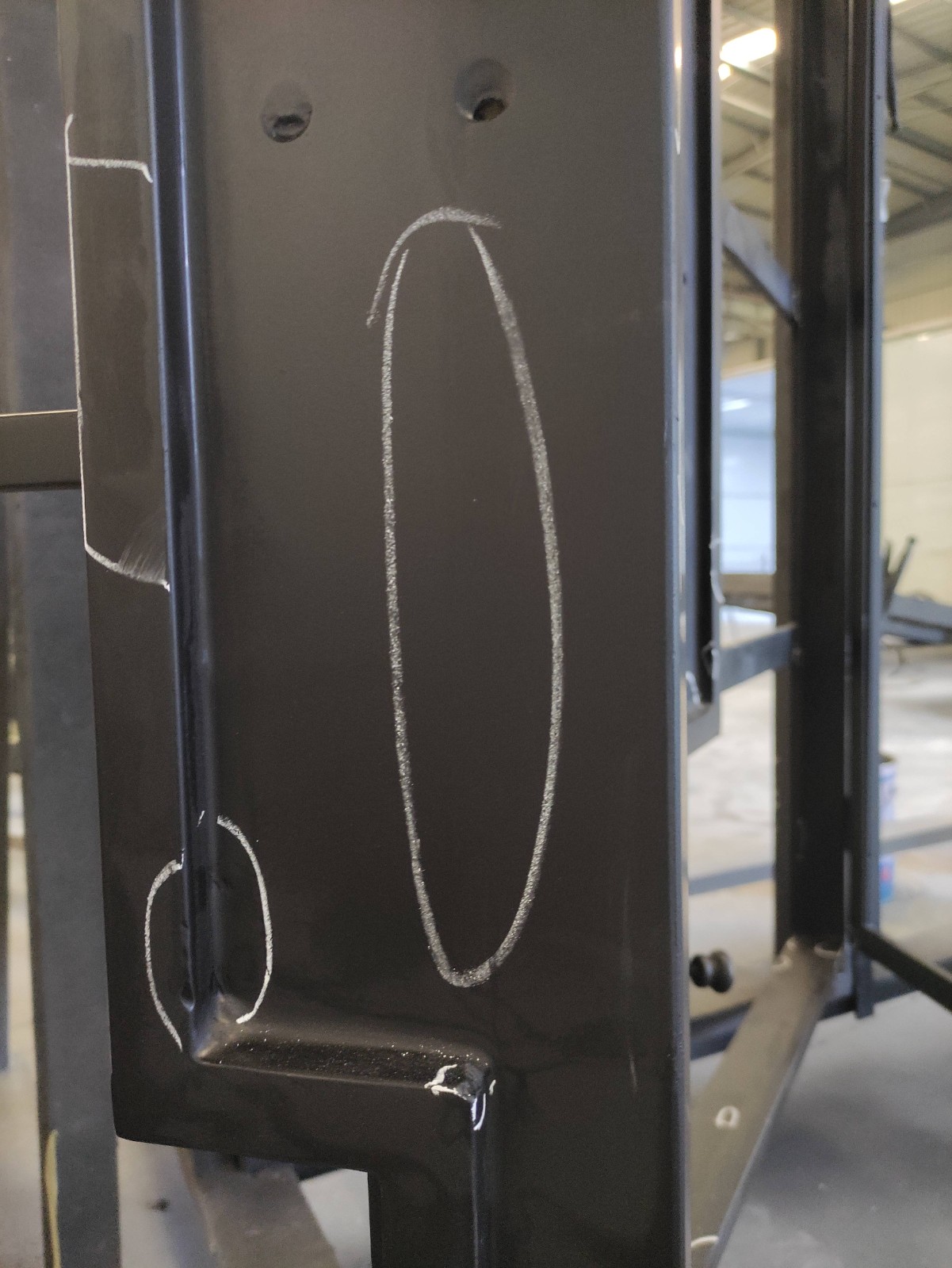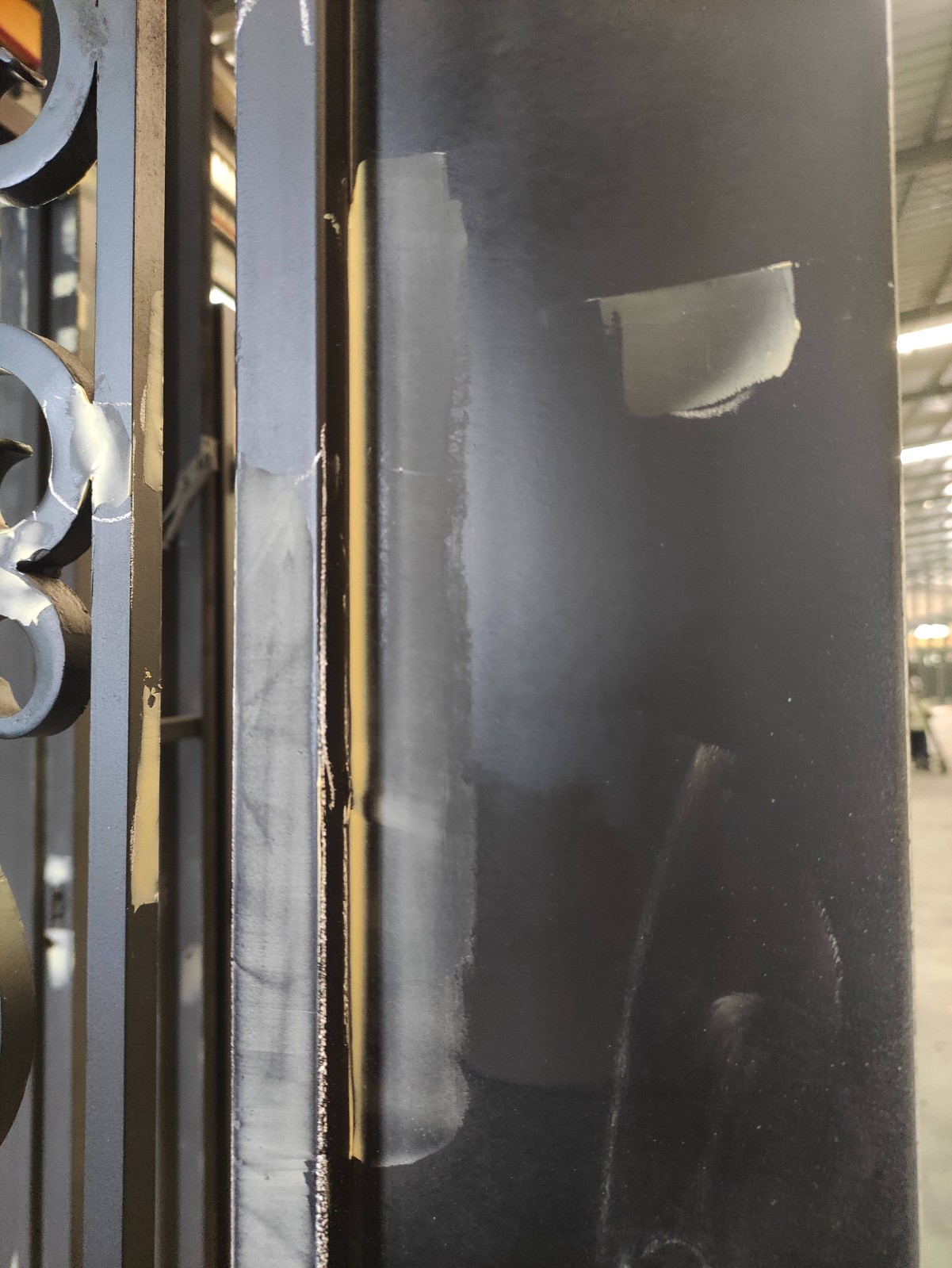Better Touch Better Business
Contact Sales at Gladman Iron Doors

The operation techniques and activities taken to meet the quality requirements are called quality control. That is to say, quality control is to eliminate the factors that cause unqualified or unsatisfactory results at all stages of the quality loop by monitoring the quality formation process. Various quality operation techniques and activities adopted to meet quality requirements and obtain economic benefits.
Quality control is an activity in terms of technical measures and management measures taken to make products or services meet quality requirements. The goal of quality control is to ensure that the quality of products or services can meet requirements (including explicit, habitually implied or mandatory regulations).
For enterprises to survive and develop in the fierce market competition, it is not enough to rely solely on directional strategic choices. The competition between any enterprises is inseparable from the competition of "product quality". Without excellent product quality, enterprises will eventually disappear in the wave of market economy. Product quality is the most difficult to control and most prone problem, which often makes suppliers miserable. Small ones return goods and lose money, while large ones result in loss of customers and shut down. Therefore, how to effectively carry out process control is the core of ensuring product quality and improving product quality, promoting enterprise development, winning the market, and obtaining profits.
In the enterprise field, quality control activities are mainly production site management within the enterprise. It has nothing to do with whether there is a contract or not. It refers to the activities of technical measures and management measures for controlling to achieve and maintain quality. Quality inspection is subordinate to quality control and is an important activity of quality control. Internationally, quality control objects can set "witness points" or "stop points" according to their importance and supervisory control requirements. Both "witness point" and "stop point" are quality control points. Because of their different importance or the degree of impact of their quality consequences, their operation procedures and supervision requirements are also different.
Witness points and stopping points are usually clear before the production of the enterprise. Before the arrival of the control point, the product should meet the production requirements of each stage in order to be recognized at the control point. Gladman's control point is set when the primer is sprayed for the first time. At this time, the quality inspector will carefully inspect each set of doors, mark the unqualified products, and allow the personnel in the previous process to rework.
 Process control
Process control
1. The status of the quality control of the production process in the product quality control. Since the beginning of the 1990s, the theory of quality control has undergone major changes. Modern quality engineering technology divides quality control into several stages. The quality control in the product development and design stage is called quality design. In manufacturing, the production process needs to be monitored, and this stage is called the quality monitoring stage. Quality control by sampling inspection is a traditional quality control, which is called after-the-fact quality control. The most important of the above stages is quality design, followed by quality monitoring, and again afterwards quality control. For those production processes with lower quality levels, post-inspection is indispensable, but quality control should be source control, and the earlier the prevention, the better. The post-inspection control should be gradually cancelled. In fact, some companies in developed countries have cancelled post-mortem inspections. In summary, process monitoring is the key to quality control at the source of product quality.
2. To ensure product quality, we must strengthen the quality control of the production process. Quality control is the operation techniques and activities taken to achieve quality requirements. Its purpose is to monitor the process and eliminate the factors that cause dissatisfaction in all stages of the quality loop, so as to ensure product quality. Whether it is a component product or a final product, their quality can be described by the fluctuation of the quality characteristics around the design target value. If the fluctuation is smaller, the quality level is higher. When each quality characteristic value reaches the design target value, that is, the fluctuation is zero, the quality of the product reaches the highest level at this time. But in fact this is never possible. Therefore, we must carry out quality control of the production process to minimize fluctuations. Most successful companies in the world are mostly inseparable from strict quality control of the production process. Boeing's D1-9000 quality documents and Japan's SPC control chart technology are all documents about production process control technology. The Ford Motor Company of the United States has a very strict quality specification system suitable for its own reality. This quality specification system is basically operated in accordance with the QS 9000 (including ISO 9000) quality operating procedures. These system documents cover the all-round and whole process of quality management, cover the entire product formation process, and specify the work to be completed in each process and how to record various quality data. This not only guarantees product quality but also provides a lot of technical materials for future quality improvement. Ford has not only formulated these quality specifications, but also carefully organized the implementation and strict implementation of these specifications. In order to ensure and evaluate the implementation of the quality specifications, Ford conducts internal quality audits twice a year, and promptly responds to the problems found in the audits. Formulate corrective measures, rectify within a time limit, and strictly carry out follow-up inspection and control.
The need to strengthen process control
1. Insufficient attention is paid to the development of new customers. Since the customer’s order quantity is relatively large and has development value, for the early trial products, the corresponding order review work should be done to determine the production process route and requirements.
2. Failure to strictly implement the document requirements to do a good job in the first inspection and random inspection of the product. The purpose of the first inspection is to confirm the first article of the product and put it into mass production without quality abnormalities to prevent defects from occurring. The sampling inspection is to determine the stability of the process, to further grasp the quality dynamics of the product through the sampling inspection, and to appropriately adjust the production process according to its fluctuations to ensure the final product quality.
3. Unreasonable process quality control. The quality control of the produced products is controlled by the production department itself, it is very easy to have quality out of control, and the corresponding supervision and inspection work is not done well.
4. Do not pay attention to the quality problems that occur. When product quality problems occurred, not only did they fail to analyze the causes in time, but also did not take any control measures in the subsequent processing. The production was also habitually produced, which resulted in the second quality accident.
5. Man-made work habits and experience cannot be used as the standard and basis for production operations. If people rely on habit and experience alone to do things, the quality of their products will not be effectively guaranteed.
Responses
Among the above-mentioned problems, it highlights the importance of process control, and also shows that effective process control is a necessary means to ensure product quality. The following will discuss how to carry out effective process quality control from several aspects.
1. Conduct comprehensive education and training on quality awareness. The production and operation personnel of small and medium-sized enterprises generally have low quality. The workers recruited by enterprises are more "migrant workers" rather than real technical "workers", and their sense of "quality" is weak in their minds. Therefore, to improve the product quality of an enterprise, we must first start with improving the "quality awareness" of employees.
2. Strictly implement process regulations. The production and processing of products must strictly implement operating procedures and produce according to technological requirements. Because the manufacturing process is a direct process of product formation, the quality of the product directly depends on the effective control of the process, and the negligence of any link may cause the product to appear unqualified. In addition, while producing strictly according to process requirements, it is also necessary to improve the operating skills of production operators.